Key Points and Summary: The YF-23 Fighter Legend
-Northrop’s YF-23 “Black Widow” was the sleeker, stealthier, faster entry in the Air Force’s Advanced Tactical Fighter competition to replace the F-15.
-With a diamond wing, V-tail, buried engines and extensive composites, it pushed the limits of low observable design and supercruise, even if it gave up some maneuverability to Lockheed’s thrust-vectoring YF-22.
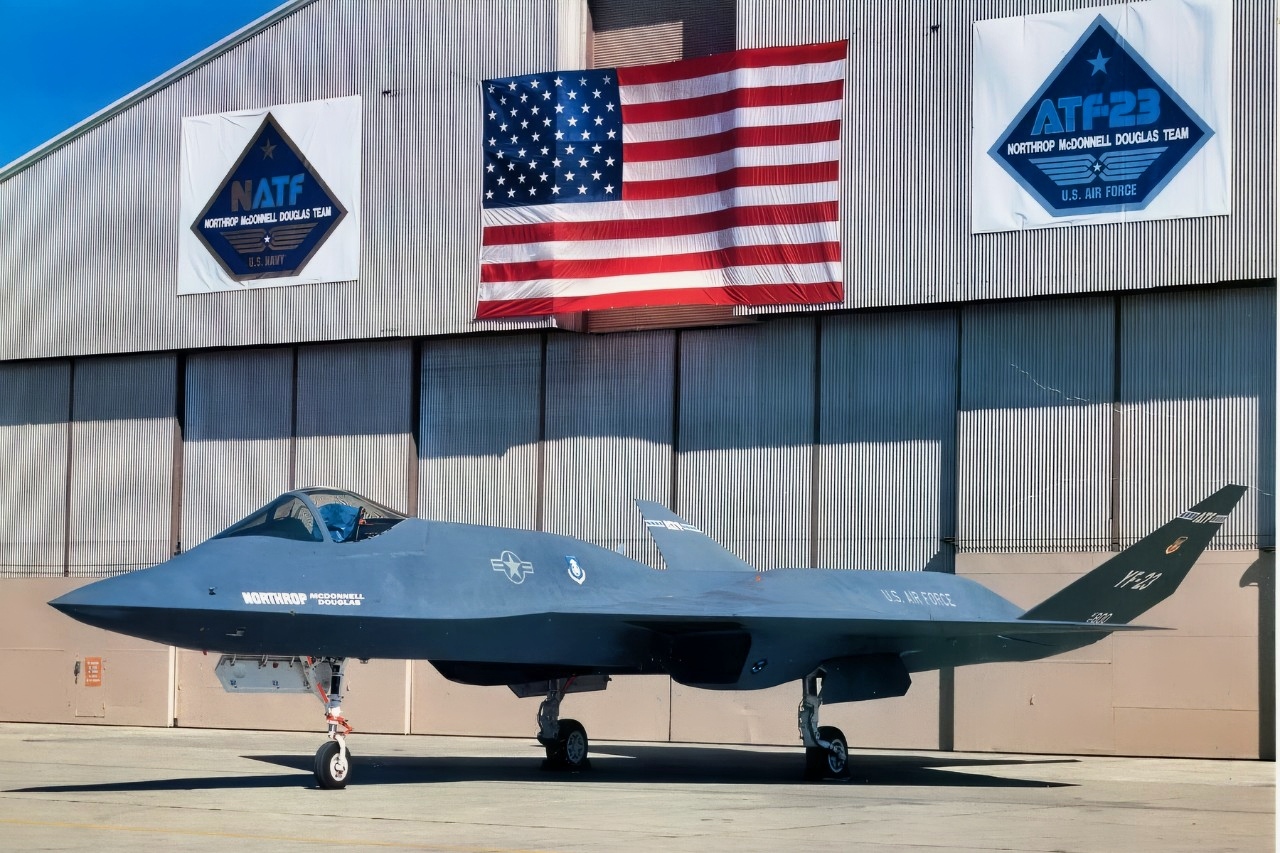
YF-23 Black II Widow Fighter Near Flag. Image Credit: U.S. Air Force.
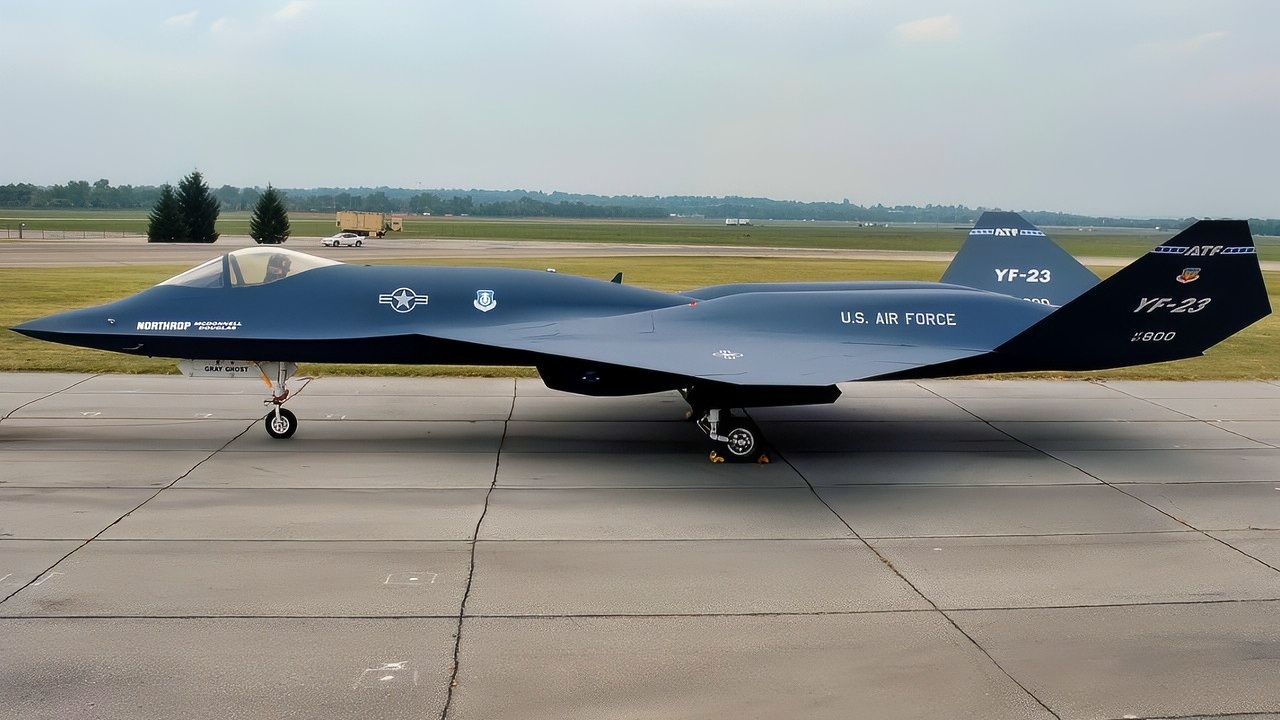
DAYTON, Ohio — Northrop-McDonnell Douglas YF-23 at the National Museum of the United States Air Force. (U.S. Air Force photo)
-Industry politics, program risk and a post–Cold War threat collapse helped doom the YF-23, but its ideas live on in today’s sixth-generation thinking and even Navy F/A-XX concepts.
-Decades later, the “lost Raptor” still shapes how America imagines future air dominance.
BONUS – We have spend considerable time and resources visiting both remaining YF-23 fighters. We present photos from both photo shoots done this year in this article
YF-23 Black Widow Summed Up in 3 Words: Stealth, Speed, Forgotten
The Northrop YF-23 “Black Widow” is still, even decades after it first flew, a prototype aircraft that continues to pique interest. Developed during the late 1980s and into the 1990s as Northrop’s entry into the U.S. Air Force’s Advanced Tactical Fighter competition, the YF-23 competed against the YF-22, which would win the ATF competition and ultimately drop its YF designation — fighters in service receive an F- designation while prototype fighters YF — to become the F-22 Raptor stealth and air superiority fighter. But despite the loss, the YF-23 continues to have broad appeal.
The U.S. Air Force ran the Advanced Tactical Fighter program to find a successor to the F-15 Eagle.
Though advanced F-15 variants are still in service today, albeit in highly upgraded form, growing Soviet prowess in fighter design and air defenses had chipped away at that fighter’s dominance.
The Air Force wanted to field an aircraft that could replace the F-15 while combining high maneuverability, supercruise, the latest in advanced avionics, and stealth capabilities, then a burgeoning but novel area of aviation.
Hopes were high for the ATF.
Reporting from the late 1980s pulls the curtain back on the program and showcases the wild optimism for the ATF.
“The ATF contractors are pushing the state of the art in the technologies of fiber optics, digital fly-by-wire electronic controls, and the like to improve aircraft handling and stability,” Air & Space Forces wrote. “Explorations proceed into possible use of “active” wing surfaces. Also among technologies being explored are self-repairing flight-control systems that would permit an aircraft to complete its mission even after being damaged in battle.”
Though some of those ideas never came to fruition, other aspects of both prototype aircraft did. “Development of advanced materials is also getting a boost,” the magazine explained.
“For more efficient aerodynamic and structural design with reduced weight, plans call for widespread use of composite materials—as much as fifty percent of the total airframe. Areas of interest include graphite epoxy, thermoplastics, and carbon structures—materials that will impart great strength and en?durance without adding much weight or cost.”
Several companies put horses in the ATF race. Partnering with McDonnell Douglas, Northrop’s prototype was the YF-23. Lockheed joined forces with General Dynamics and Boeing to enter the YF-22.
Of the two YF prototype-designated aircraft, Northrup’s YF-23 was the more radical design. Eschewing more typical fighter jet features, the YF-23’s appearance reflected its purpose: an extremely stealthy platform built for speed and survivability.
The YF-23’s diamond-shaped wing and steeply canted V-tail significantly reduced the jet’s radar cross-section, a measure of its radar detectability. In addition to carrying its weaponry and fuel internally, as did the competing YF-22, Northrop’s ATF entry’s two engines were buried deep within the jet’s fuselage and further strengthened the YF-23’s already prodigious stealth characteristics.
Flight testing of the two aircraft revealed their competing strengths and weaknesses. On the one hand, the YF-23 seems to have better stealth capabilities and a higher top speed than the competing design.
Thanks in part to the YF-23’s sleek, low-drag design, that prototype could reach and sustain supersonic flight more quickly and efficiently than the YF-22, with clear utility for questions of fuel efficiency. One of the YF-23’s few shortcomings? It was less maneuverable than the comparatively conventional YF-22 competitor design.
The rest of the Advanced Tactical Aircraft competition saw the YF-22 nose out the YF-23. The former jet had superior maneuverability thanks in part to its thrust-vectoring engine exhaust nozzles.
In close-range fights, what would become the Raptor had a distinct advantage, despite the increasing range of air-to-air missiles.
Compared to the YF-23 prototype, the YF-22 was a more conventional design, and the Air Force thought, perhaps, a safer option from an industry perspective.
Lockheed also had experience with a stealthy airframe, the F-117 Nighthawk. Northrop, on the other hand, was in the throes of the B-2 Spirit stealth bomber project and grappling with cost overruns.
YF-23: What Happened?
Fast forward to today, and some have pointed to similarities between the YF-23 prototype and the few visuals of the U.S. Navy’s upcoming F/A-XX fighter.
Concept artwork of the aircraft indicates the Navy’s fighter could have top-mounted engine air intakes like the YF-23. While the design consideration would help keep the jet’s engine turbine blades hidden from adversary radar in some flight circumstances, it could also reflect the artwork’s provisional nature.
The U.S. Air Force ran the Advanced Tactical Fighter competition at a unique time in the history of the force.
Conceived during the height of Cold War tensions, both the YF-23 and YF-22 prototypes were built not only to survive but to thrive against an adversary that didn’t exist by the time the ATF winner entered production as the F-22 Raptor stealth fighter.
YF-23 Black Widow II National Security Journal Photos from U.S. Air Force Museum

YF-23 Fighter at USAF Museum. Image by Harry J. Kazianis/National Security Journal.
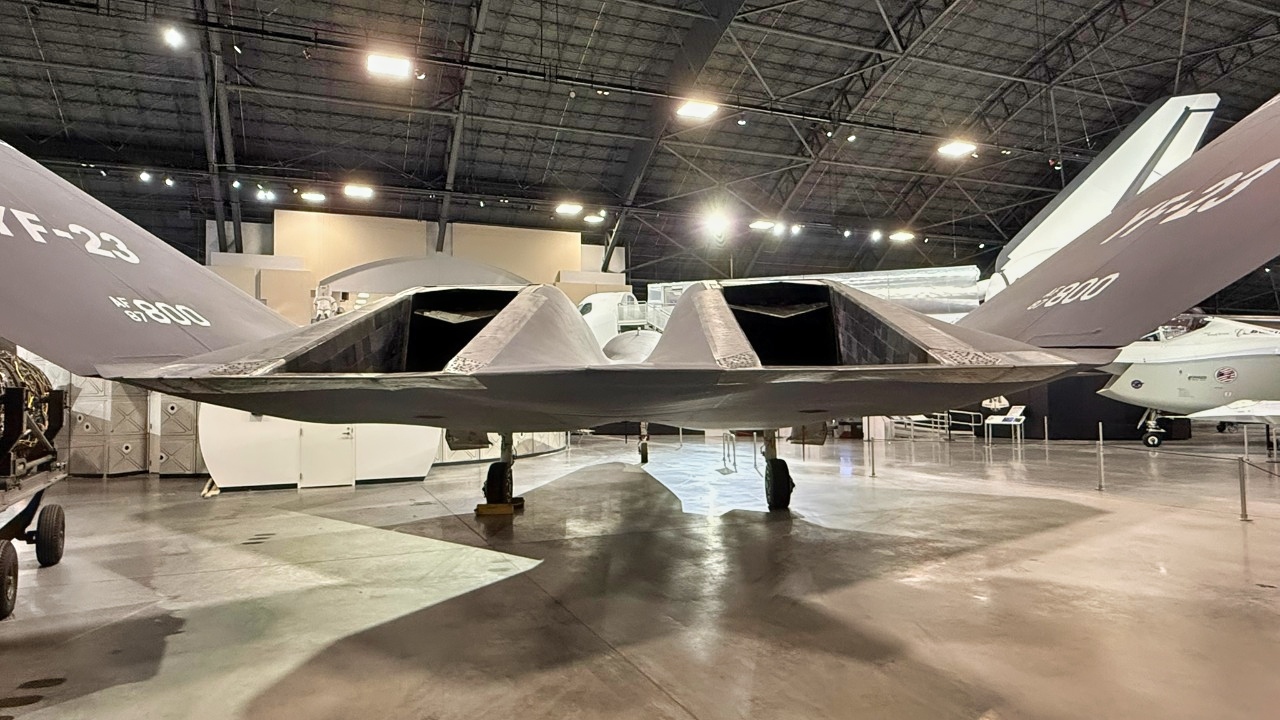
Back of YF-23 Fighter. Image Credit: National Security Journal.
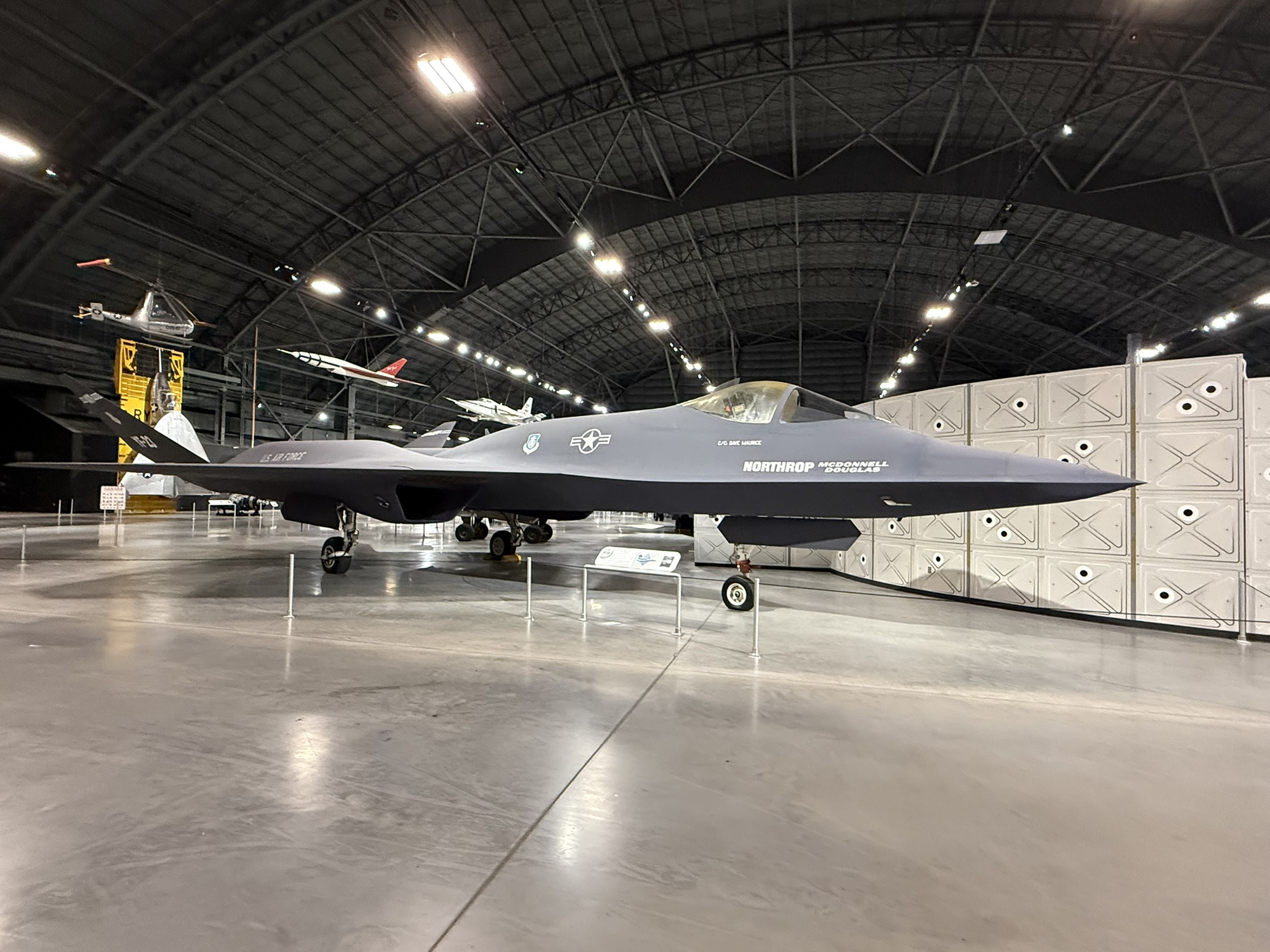
YF-23. Image by National Security Journal Taken on 7/19/2025.

YF-23 photo by Harry J. Kazianis at the U.S. Air Force Museum. Taken 7/19/2025.
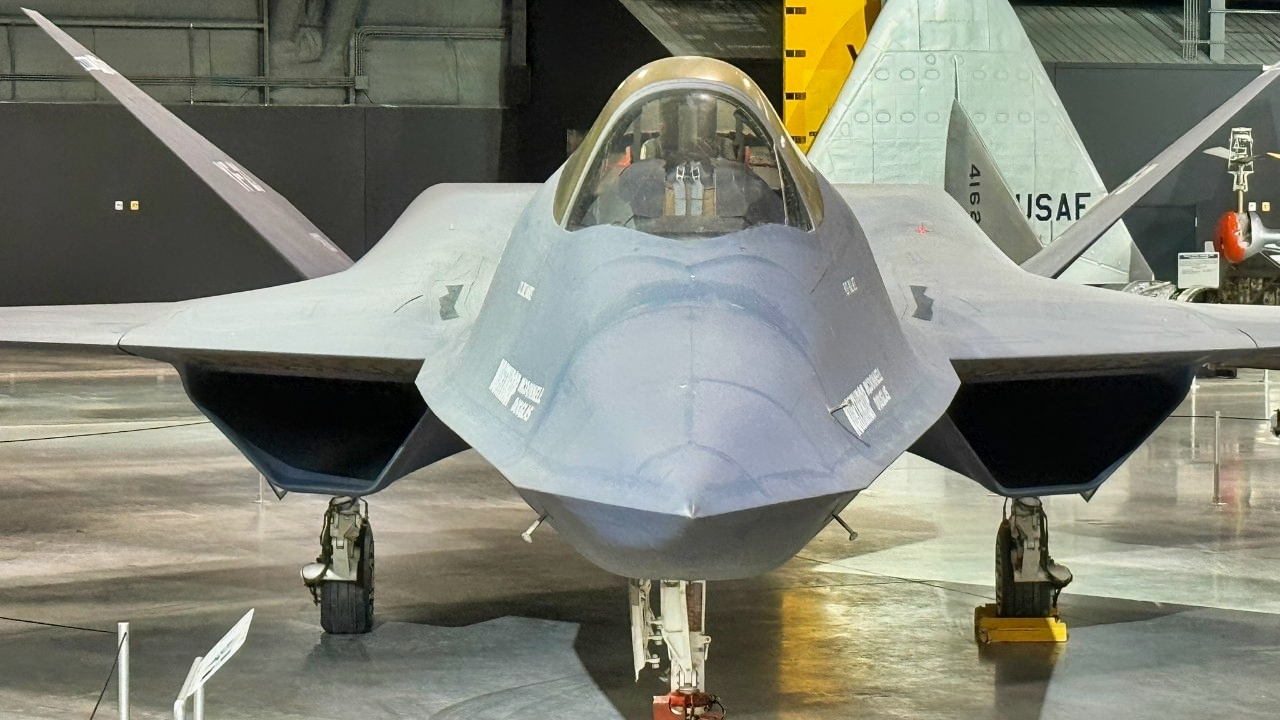
YF-23 at U.S. Air Force Museum Photo by NSJ. Taken on 7/19/2025 by Harry J. Kazianis.
YF-23 Fighter Photos from Western Museum of Flight

Sideview of YF-23A Black Widow II. Image Credit: Harry J. Kazianis/National Security Journal.

YF-23A Black Widow Outside. Taken by Harry J. Kazianis for National Security Journal on August 16, 2025.

YF-23A Side View Western Museum of Flight. Image by National Security Journal.

YF-23A Black Widow II Stealth Fighter in Torrance
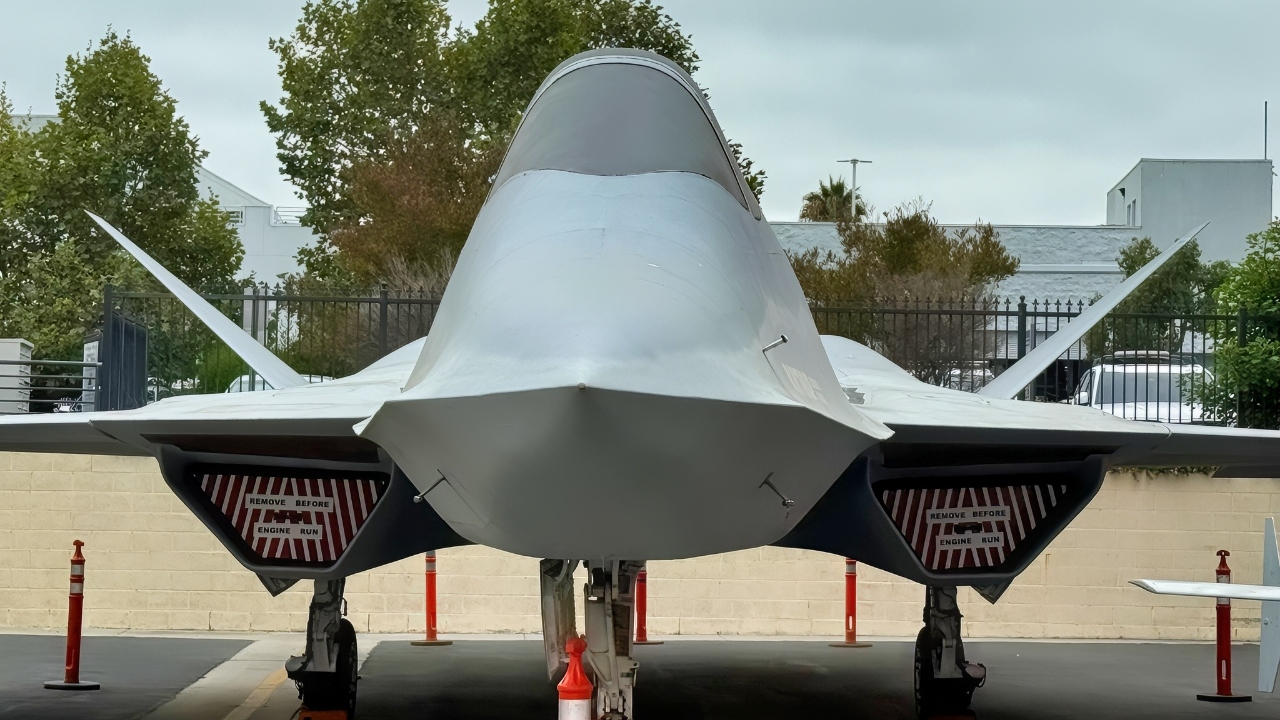
YF-23A Black Widow II Head On. Image Taken by National Security Journal at the Western Museum of Flight on August 16, 2025.
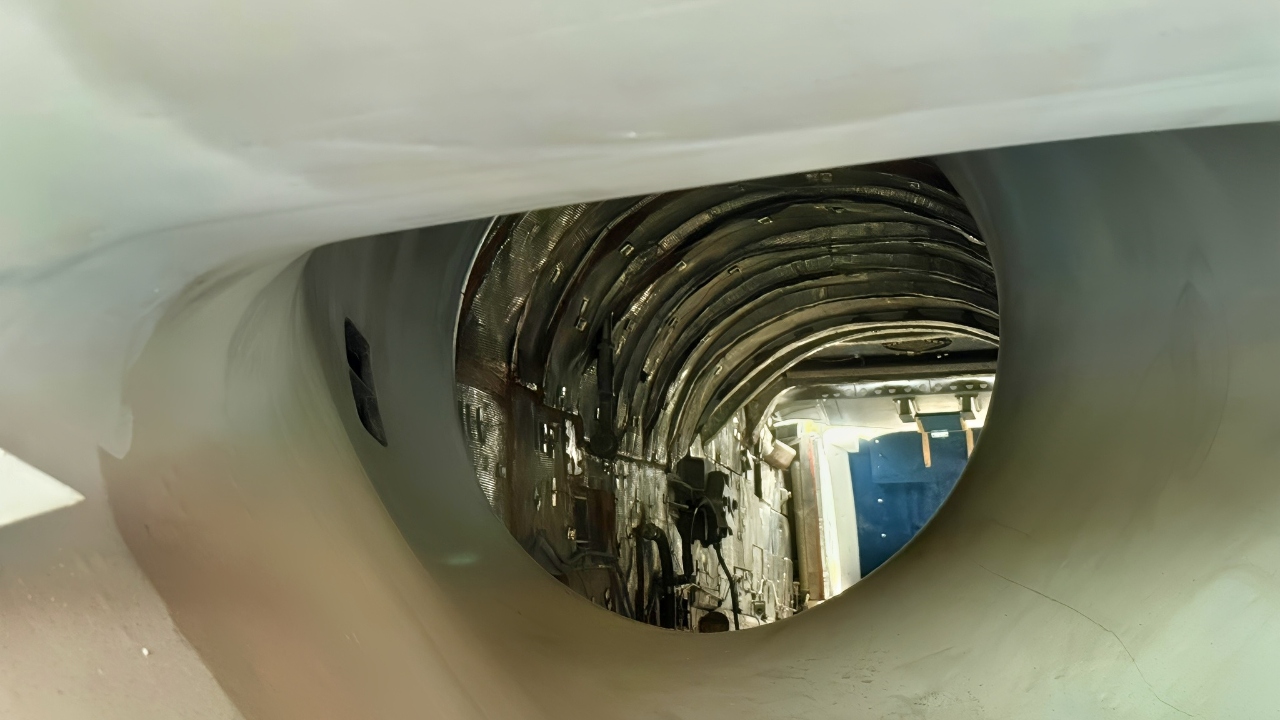
This photo was taken looking inside a YF-23A Black Widow II where the engine was removed. Photo: National Security Journal.

YF-23A Black Widow II National Security Journal Photo. Taken at the Western Museum of Flight by Harry J. Kazianis on August 16, 2025.
About the Author: Caleb Larson
Caleb Larson is an American multiformat journalist based in Berlin, Germany. His work covers the intersection of conflict and society, focusing on American foreign policy and European security. He has reported from Germany, Russia, and the United States. Most recently, he covered the war in Ukraine, reporting extensively on the war’s shifting battle lines from Donbas and writing on the war’s civilian and humanitarian toll. Previously, he worked as a Defense Reporter for POLITICO Europe. You can follow his latest work on X.
More Military
The U.S. Military Purchased 2 Russian-Made Mach 2.35 Su-27 Flanker Fighters
The B-2 Spirit Stealth Bomber Has a Message for the U.S. Air Force










